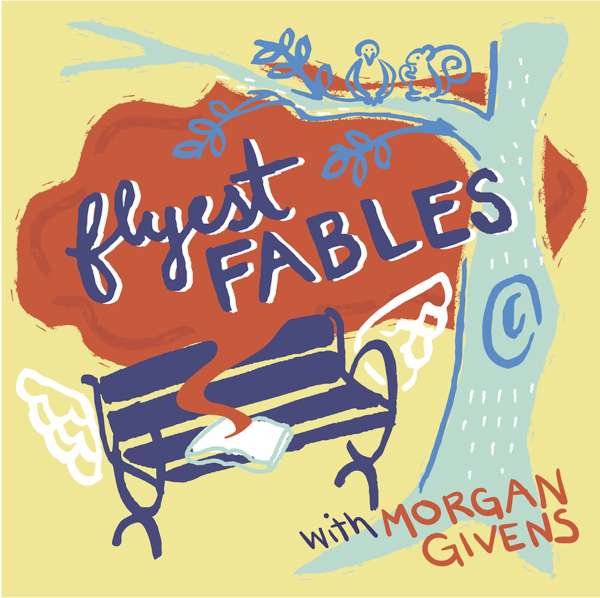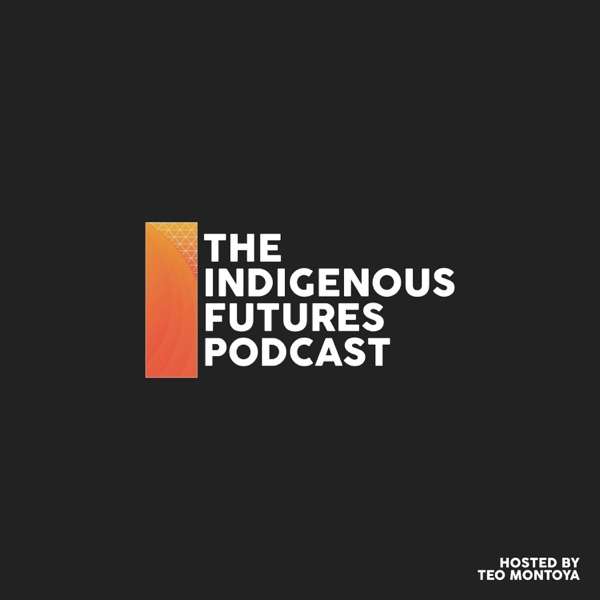A large portion of a garment's environmental footprint is determined at the raw material level, so for many designers and brands, the easiest first step on their sustainability journey is to begin by replacing existing materials with sustainable alternatives. However, sustainable material sourcing is no easy task.
Whether plant-based, animal-based or synthetic manmade fiber, every material choice comes with trade-offs. The extraction, processing, and manufacturing of materials is inherently accompanied by challenges that can have short-term and long-term implications on people and the planet.
Whether a fiber is better or worse depends on the numerous factors influencing the life cycle of fabric – from the cultivation of the crop through to processing, assembly, transportation, use, and the subsequent disposal of the garment by the consumer. Adding another layer of complexity, just like "sustainability" can mean many different things depending on personal ethos, the same can be said for determining sustainable materials. A sustainable material could refer to it containing no animal byproducts, or it can mean no plastic (not even recycled). It could be defined as less water use, fewer carbon emissions, or fewer chemicals.
How should brands approach material sustainability with so many contradicting and differing perspectives? What makes a sustainable material? What questions should brands ask when determining what materials to use? How should data be used to compare and contrast materials? What is the role of third-party ranking systems and certifications?
During the 2022 Sustainable Fashion Forum, Dr. Amanda Parkes, Chief Innovation Officer at PANGAIA, Diana Rosenberg, Sr. Manager, Product Sustainability at GAP Inc, Adam Taubenfligel, Creative Director at Triarchy Denim, and Tara St James, Founder of Re:Source(d) and Vice President of Supply Chain and Sustainability at Another Tomorrow, hit the SFF digital mainstage for an industry roundtable moderated by Jasmin Malik Chua, Sourcing Journal's Sourcing and Labor Editor, exploring the nuances layers of material sustainability.

 Our TOPPODCAST Picks
Our TOPPODCAST Picks  Stay Connected
Stay Connected






